The Zhou Dynasty was came into power in 1046 BC after King Wu defeated the emperor of the ruling Shang dynasty in the Battle of Muye. It lasted for 790 years, till 256 BC, making it the longest reigning dynasty in the history of China. However, real power was held by Zhou emperors for only the first 275 years, a period known as Western Zhou. This was followed by the Eastern Zhou period when Zhou rulers were only nominal heads with actual power being distributed between various feudal chiefs. Here are 10 interesting facts about the major emperors and important events; as well as the founding, reign and fall of the Zhou dynasty.
#1 LINEAGE OF ZHOU DYNASTY IS SAID TO HAVE BEGUN WITH THE LEGENDARY HERO HOUJI
According to Zhou, they were descendants of the legendary Chinese cultural hero Houji. According to legend, Jiang Yuan, a consort of mythical and semi-historical Emperor Ku, miraculously conceived a child after stepping into the divine footprint left by the supreme Chinese deity Shangdi. This child was abandoned by his mother three times but was saved each time by animals, woodcutters and the great bird. Known as Qi (“the Abandoned One”), he developed the philosophy of Agriculturalism and introduced millet, which remained the staple grain of northern China before introduction of wheat. He was posthumously given the name Houji (“Lord of Millet”) by Emperor Tang, the first king of the Shang dynasty. His descendants went on to establish the Zhou dynasty in China.

#2 GUGONG DANFU IS CONSIDERED THE FIRST GREAT LEADER OF ZHOU
The Zhou coexisted with the Shang dynasty, the first Chinese dynasty for which there is archaeological evidence. They occupied the Guanzhong region of modern Shaanxi province during the Shang period (1600 BC – 1046 BC). Gugong Danfu, later called Great King of Zhou, is credited with initiating the growth of the dynasty. His youngest son Jili then expanded their territory through numerous campaigns against the Rong, who lived in and around the extremities of ancient China. However, King Wen Ding of Shang became wary of Jili’s power and had him killed.
#3 ZHOU DYNASTY WAS ESTABLISHED AFTER THE BATTLE OF MUYE
Jili’s grandson, King Wu of Zhou, led an army of 45,000 men and 300 chariots, and defeated the corrupt King Zhou of Shang at the Battle of Muye in 1046 BC. The battle led to the end of the Shang dynasty and the beginning of the Zhou dynasty. King Zhou of Shang set fire to his palace and committed suicide. King Wu, the first king of the dynasty, followed his victory over Shang by establishing many feudal states under his 16 younger brothers and clans allied by marriage. King Wu is considered one of the great heroes of China. However his reign was cut short due to his death two or three years after establishing the dynasty.
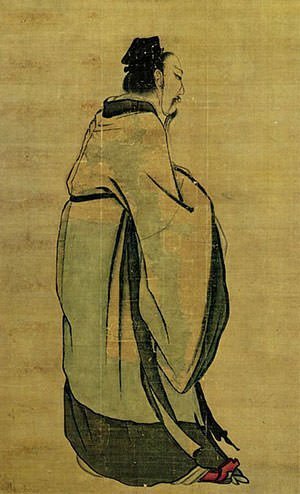
#4 DUKE OF ZHOU CONSOLIDATED THE DYNASTY
Wu’s son King Cheng was young when he ascended the throne and Dan, elder brother of King Wu, acted as regent for his nephew. There was a period of instability during which there were rebellions by Cheng’s uncles. Known as the Duke of Zhou, Dan successfully suppressed the rebellions and consolidated the Zhou kingdom. He aptly stepped down as regent after his nephew came of age. In later centuries, Duke of Zhou was hailed as a paragon of virtue and given many titles. Duke of Zhou is also known as the “God of Dreams” as there is a legend by which if an important thing is going to happen to someone; the Duke of Zhou will let the person know through dreams.
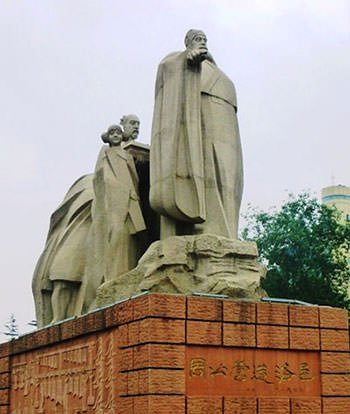
#5 KING MU WAS A PIVOTAL RULER OF THE DYNASTY
The reign of Zhou under King Cheng and his successor King Kang of Zhou is considered peaceful and prosperous. King Mu of Zhou, the fifth king of the dynasty, is considered a pivotal ruler. During his reign the dynasty was at its peak; and he tried to stamp out invaders in the west and expand Zhou’s influence to the east. However he sowed the seeds of hatred among tribes which would later have dire consequences for the dynasty. King Mu, with a reign of 55 years from ca. 976 BC to ca. 922 BC, is the longest reigning emperor of Western Zhou dynasty. He is also famous for his legendary love affair with the Chinese goddess Queen Mother of the West. According to Chinese mythology, during his contact with the goddess, Mu is passed on with secret teaching but fails to benefit from it and dies like an ordinary mortal.
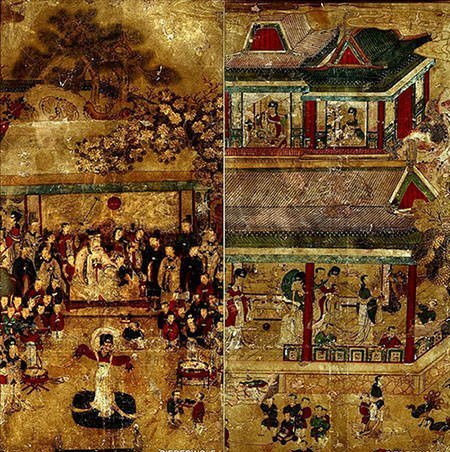
#6 KING YOU WAS THE TWELFTH AND LAST KING OF WESTERN ZHOU’S 275 YEARS REIGN
King Li of Zhou, the tenth king of the dynasty, is known for his misrule. He was exiled by the nobles leading to a period known as Gonghe Regency during which the dynasty was ruled by two dukes. When Li died in exile in 828 BC, power was restored to his son King Xuan of Zhou. Xuan’s son, King You of Zhou, deposed his wife Queen Shen and replaced her with a concubine named Bao Si. Queen Shen’s powerful father, the Marquess of Shen, joined forces with the Quanrong people. In 771 BC, they raided and destroyed the western capital of Zhou at Haojing and killed King You. This is considered the end of the Western Zhou dynasty during which the Zhou had actual control over the political and military affairs of a large part of China. Western Zhou lasted for 275 years from 1046 BC to 771 BC.
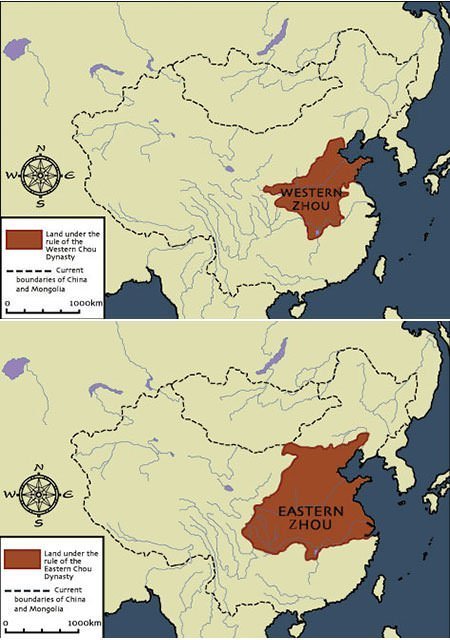
#7 ZHOU EMPERORS WERE ONLY NOMINAL HEADS DURING THE EASTERN ZHOU PERIOD
After the death of King You, the Zhou nobles withdrew from the Wei River valley and established their capital eastward at Chengzhou near modern-day Luoyang. The son of King You with Queen Shen, Prince Yijiu, was instated emperor as King Ping of Zhou. He was thus the thirteenth king of Zhou dynasty and the first of Eastern Zhou. During the Eastern Zhou period, the Zhou emperors held real control only over a small royal region centred at their capital. Though the Zhou still had nominal and ritual importance, the real power fluctuated between various feudal chiefs whose fiefdoms became increasingly independent states.
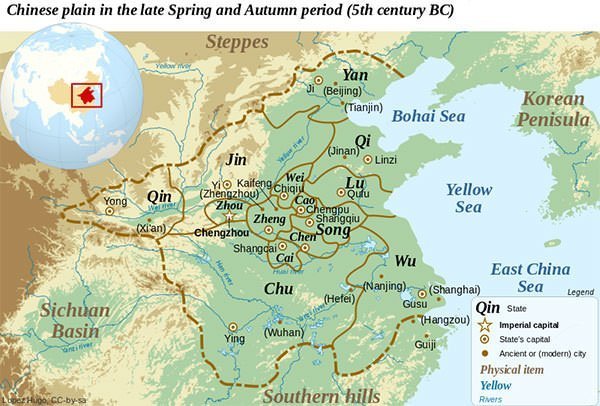
#8 EASTERN ZHOU ERA SAW CONTINUOUS STRUGGLE FOR POWER
The Eastern Zhou period allowed the emperors of the dynasty to rule as figureheads of the various states for over five more centuries. The Eastern Zhou era is further divided into two periods: the Spring and Autumn period from approximately 771 to 475 BC and the Warring States period from around 475 BC to 221 BC. During the Spring and Autumn period there were many small states which clashed for supremacy with each other. This ultimately led to the formation of seven major Warring States initiating the Warring States period.
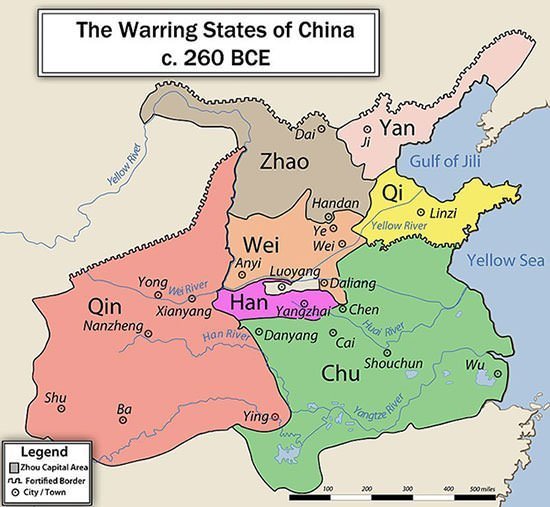
#9 KING NAN WAS THE LONGEST REIGNING RULER OF THE DYNASTY
King Nan of Zhou, was the thirty-sixth and last king of the Zhou dynasty. At the beginning of his reign in 314 BC, he moved the capital from Chengzhou to Wangcheng. The forces of King Zhao of Qin defeated King Nan of Zhou in 256 BC, thus ending the Zhou dynasty. King Nan was imprisoned in Wangcheng and died shortly afterwards. His reign of fifty-nine years is the longest not only in Zhou Dynasty but all pre-imperial China. The Warring States period was brought to an end by Ying Zheng of Qin. Zheng started his campaign to conquer the remaining six kingdoms in 230 BC and by 221 BC achieved his goal of unification of China. Qin Dynasty became the first imperial dynasty of China. Ying Zheng took the title Qin Shi Huangdi and became the first emperor of a unified China.
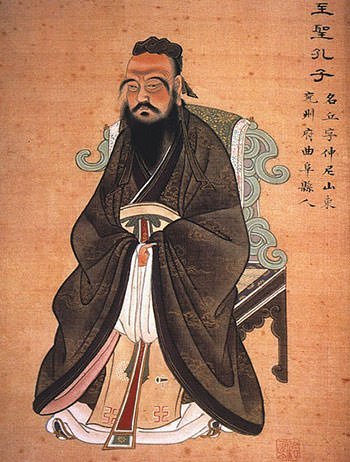
#10 EASTERN ZHOU IS CALLED THE GOLDEN AGE OF CHINESE PHILOSOPHY
With a reign of 790 years from 1046 BC to 256 BC, the Zhou dynasty is the longest reigning dynasty in the history of China. The Zhou era saw great advancements in many areas, especially those of agriculture, art, philosophy and literature. The Chinese script evolved into its almost-modern form and first large scale projects of irrigation were undertaken. The Eastern Zhou period is considered the Golden Age of Chinese philosophy with the most prominent philosophers in the history of China living during the period including Confucius, Mencius, Laozi and Shang Yang. The later Zhou era thus saw great cultural and intellectual expansion in the country.

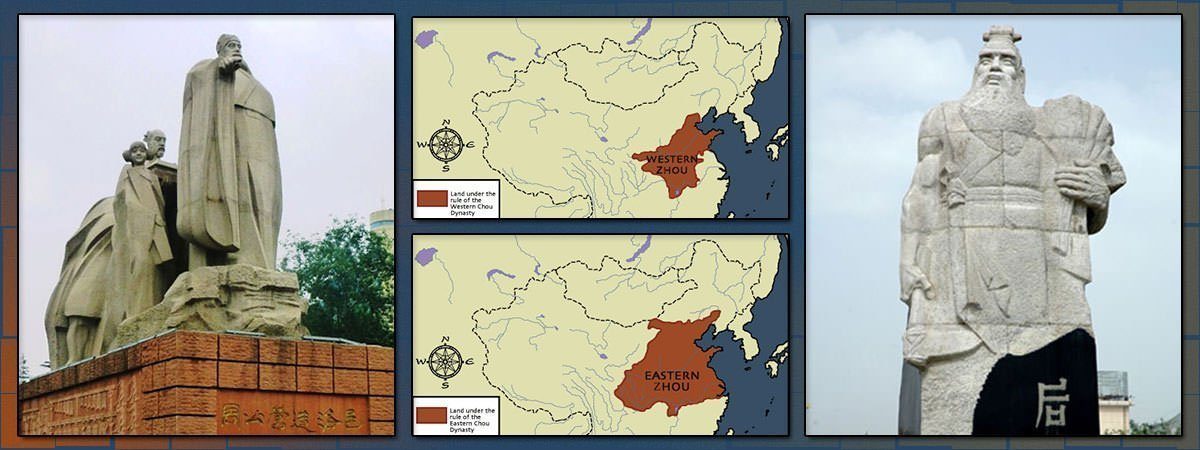
is there more facts
Thanks for the info it will really help with school work.
Happy to help.
Thanks for this 🙂
is this real